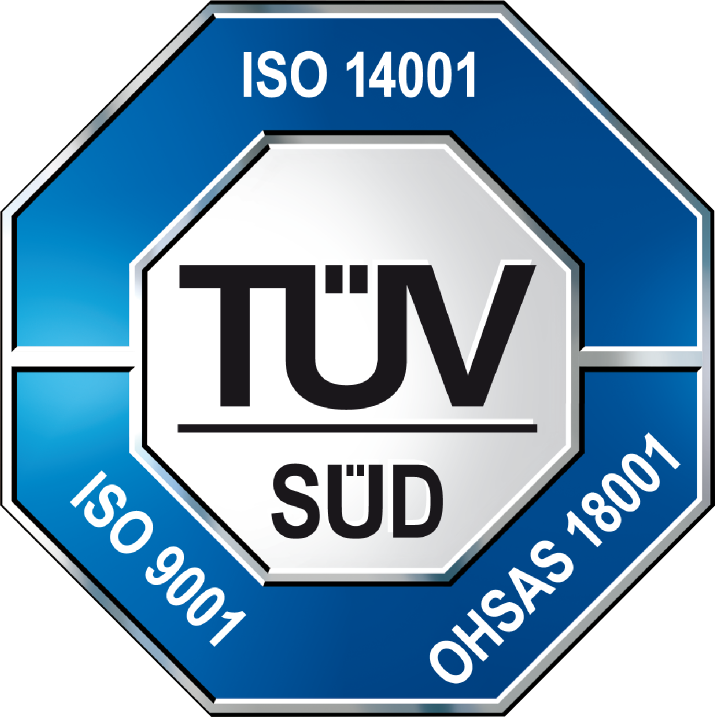TWIN FILTER - PRODUCED WATER / OILY WASTE WATER TREATMENT
PRODUCED WATER / OILY WASTE WATER TREATMENT
Produced water is located in subsurface formations or naturally occurring rocks permeated with fluids such as water, oil, or gas. Produced water is any water that is present in a reservoir with the hydrocarbon resource and is produced to the surface with the crude oil or natural gas.
When industry produces hydrocarbons, they are brought to the surface as a fluid mixture. The composition of this fluid depends on whether the production involves either crude oil or natural gas. Generally it includes a mixture of either liquid or gaseous hydrocarbons, dissolved or suspended solids, other solids such as sand or silt. Furthermore it can contain injected fluids and additives that may have been placed in the formation as a result of exploration and production activities.
This is by far the largest volume by-product or waste stream associated with oil and gas production. Managing this presents challenges and costs to operators. It has often been identified as a major constraint in the production of hydrocarbons. The costs of lifting, separating, handling, treating, and disposing of this contamination are substantial. In addition to the economic burden it imposes, it can also directly reduce hydrocarbon production.

SYSTEM BENEFITS
- Efficient separation of oil / particle / water
- Removal of emulsified, dissolved and free oil
- Less sensitive fluctuations in flow
- Simple and reliable
- Small footprint and weight (1/4 – 1/5 of other technologies)
- Low effluent level < 5 ppm

APPLICATIONS
- Produced water
- Mud pit cleaning
- Displacement water
- Acid flow back
- Completion fluids
- Pipeline/system purging
- Ballast and bilge water
- Run off water
- Slop water
- Ground water remediation
- Compressor condensate
- Pre & post filter
- Under balance drilling


VORAXIAL SEPARATOR
The separator creates high G-forces for effective separation of the different phases. Due to centrifugal forces, the lighter liquid is drawn to the centre of the Vortex while the heavier liquid is spun outward; the solids are forced to the wall of the separator and are collected at the end of the separation chamber and discharged. The lighter liquid (oil) is collected by the orifice in the centre, at the end of the separation chamber, and discharged through the light liquid drain.. The heavier liquid (water) goes straight through the separator to the clean outlet.
Its simplicity, small size and low power consumptions makes it one of the most economic separators in the market today. No other centrifugal separator in the market today is able to achieve superior separation at such high flow rates, with little floor space and energy efficient than the Voraxial

VORAXIAL BENEFITS
- Efficient separation of oil / particle / water in single pass
- Self sufficient, own motive power (no booster pump)
- Fluctuations in flow or concentration will not effect efficiency
- Simple and reliable, one wetted part
- Small footprint and weight
- Low energy consumption
- Low shear and virtually non-clogging
- Patent protected
- Solids do not effect oil separation
- Available in size 1,2,4, and 8 inch (up to 80.000 BWPD)
OIL ABSORPTION - FINAL POLISHING
The third step in the cleaning process is polishing with Twin Filter oil absorption elements. These elements will absorb the last free and emulsified oils to reach the required specifications. Twin Filter has developed the Oilblock and the Oilclog cartridges. These two types of cartridges are specifically designed and manufactured for produced water treatment at oil & gas production facilities.
They obtain a high efficiency removal of free and dissolved hydro carbons (TPH) and emulsified oils from water. The complete three phase setup can be built in an offshore proof skid with a small footprint.

